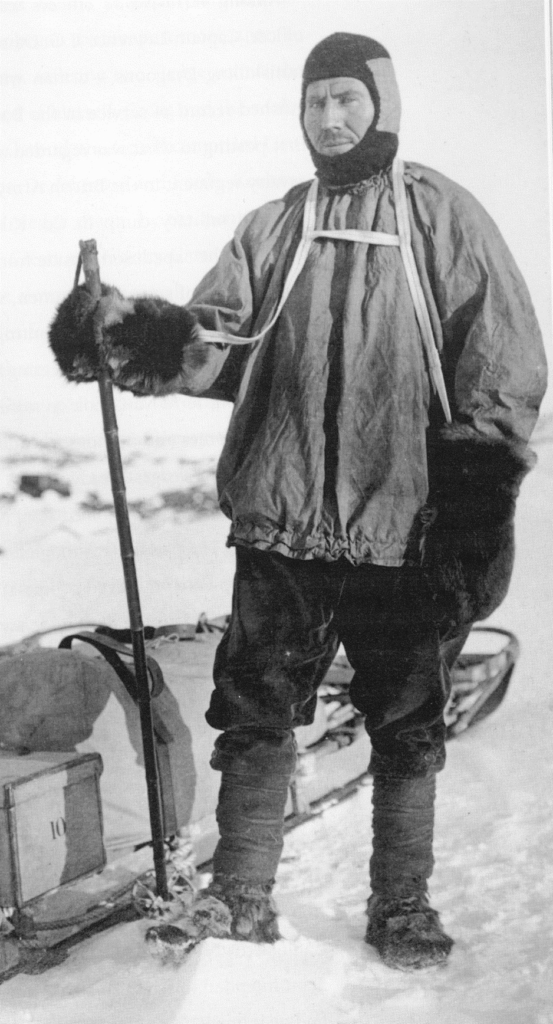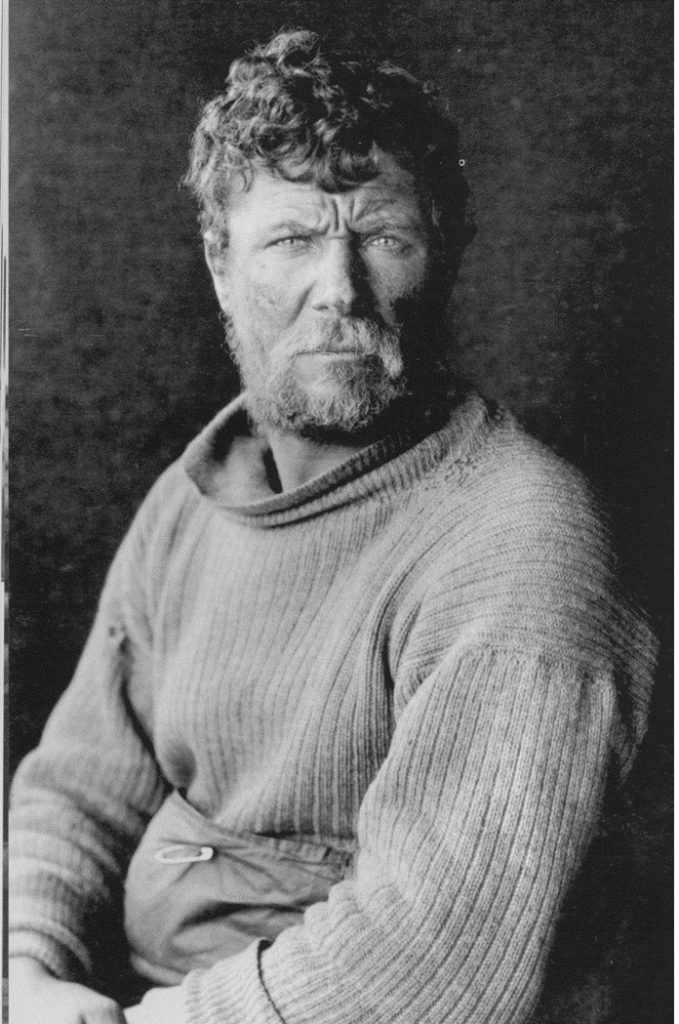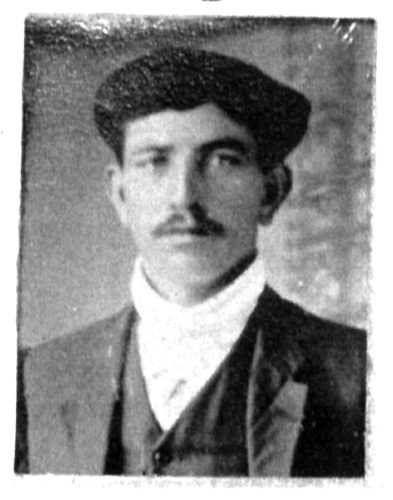OTHER CORK ANTARCTIC EXPLORERS
Cork has a long and proud historic connection with the early exploration of the Antarctic Continent which stretches back over 250 years into the 18th century.
One of the earliest recognised men to venture into the ice was John Marra from Cork who crossed the Antarctic Circle with Captain Cook in 1773. Edward Bransfield from Ballinacurra was the first to accurately sight and map the continent during is pioneering voyage in 1819-20.
Mortimer McCarthy from Kinsale, Patrick Keohane from Barry’s Point on the Seven Heads Peninsula and Robert Forde from near Kilmurry all served with distinction on Captain Scott’s tragic Terra Nova expedition (1910-13). Tim McCarthy, the younger brother of Mortimer McCarthy, served on Sir Ernest Shackleton’s Endurance expedition.
Cork’s association with the Antarctic has continued into modern times. Pat Falvey from Cork led the first Irish expedition to walk to the South Pole in 2008 and Dr Claire O’Leary from Bandon became the first Irish woman to march to the Pole on the same expedition.




